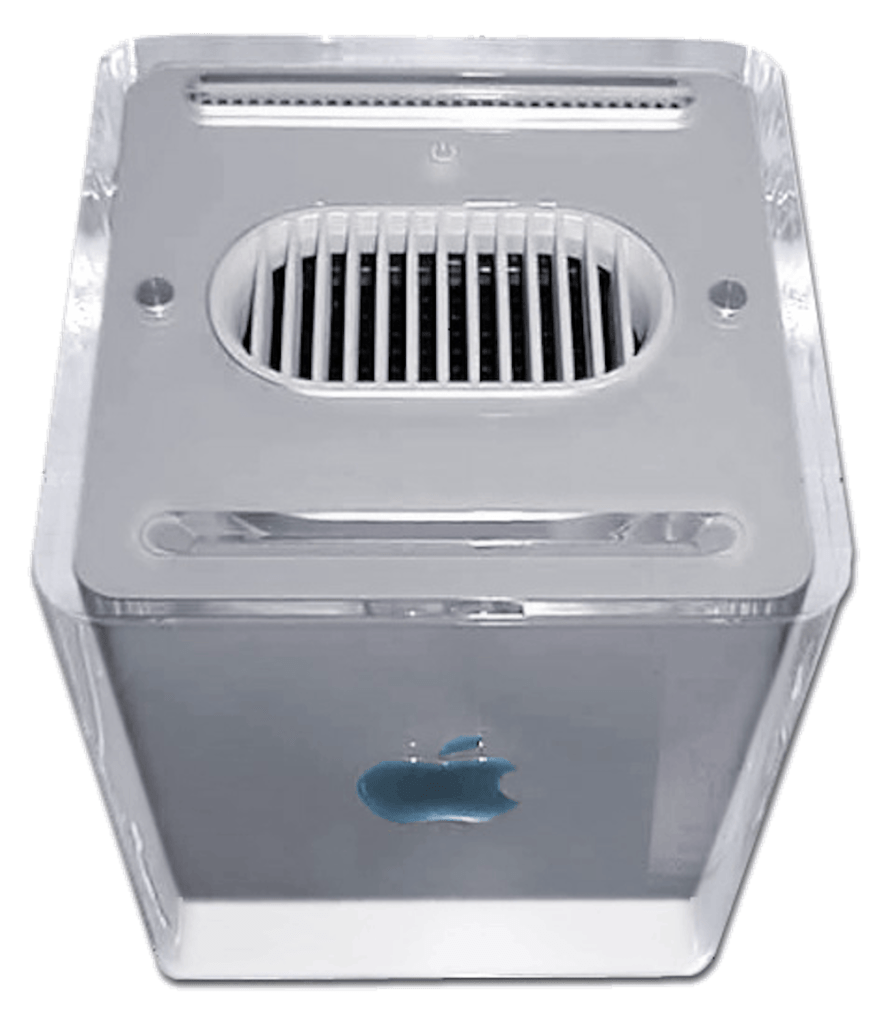Is it finally time for Apple’s M1 Cube?

Apple’s Power Mac G4 Cube was over priced and underpowered. The M-series version could do better than that.
Steve Jobs always dreamed of a square computer. The award-winning but constrained and underpowered G4 Cube was the failed nadir of a dream we also saw with NeXT Cube. But, with the introduction of the M-series Apple Silicon chips, has the moment finally come?
Power, performance, heat
Apple’s M-series processors deliver a huge amount of performance for a tiny amount of power. These machines combine multiple processors inside one tiny chip, including memory, even the entry-level Mac mini can power two monitors, including Apple’s own highest end reference display.
These things have such low wattage they use thermal conductivity systems, rather than fans. Even when you’re pushing them through the most demanding tasks, you won’t hear much noise.
All of this is great, but it’s only a beginning. The M1 chip will apparently soon be superseded by the M1X, and Apple is likely already working away at the M2, M3 and later chips. Apple is a company that tends to plan ahead, which means faster chips that combine even higher levels of performance are on the way.
High performance, quiet, low power and Apple owns the tech. M’kay.
Why did the Power Mac G4 Cube fail?
Introduced 21-years ago at Macworld Expo 2000 by CEO Steve Jobs, the G4 Cube was described as “the coolest computer ever”.
It looked great and won design awards, and was withdrawn from sale a year later.
Why?
In part it was because of the cost. It was much more expensive than an entry-level iMac, but lacked the expandability of the then pro Macs., and you didn’t get a display.
People loved the design, but balked at the price – and in the context of the time, the system was horribly underpowered, though it was really cool how you could pull the internal system out the box with a cool handle to take a look, a little like a current Mac Pro.
Then there were the flaws.
Air cooling sucked – a piece of paper on the top of the system caused it to shut down. It had no On button (cool), but it was a little over-sensitive – wave your hand near the box-shaped Mac while moaning about how much it cost you and the blooming thing launched itself again. I loved it, of course, a friend had one. But it wasn’t a terribly good machine. Particularly at that time when Apple’s Power PC architecture was being gently guided to its eventual Intel Mac destination.

Aesthetics over sense
It was a triumph of aesthetics, sure, but it was too expensive, underpowered and Apple sold under 150,000 of them. It was a fantastically designed flop, which current CEO, Tim Cook, described as a “spectacular commercial failure from the first day, almost.”
But what could Apple deliver today?
Now, in a sense it already does so in the form of the Mac mini, which is a fabulous but still an entry-level machine. But, isn’t there also an opportunity for a pro model? Why not a high design, fanless, cool looking square computer crafted in all-new recycled aluminium and equipped with an M1X and 16GB of memory?
The Apple M2 Cube?
You already know what a high-performance machine this might be.
And given the same chip runs inside Macs, iPhones and iPads, the cube could be small.
Cut a Mac mini into quarters and make a pile of the quadrants, add another layer for the cooling system and make it beautiful. It would represent as a Mac mini Pro upgrade capable of delivering huge quantities of power for the price. It could answer all the Cube’s fail points because the M-series chips Apple now makes are quite capable of delivering everything a computer needs.
Except (possibly) one: Does anyone other than Steve Jobs need a square computer?
Please follow me on Twitter, or join me in the AppleHolic’s bar & grill group on MeWe.




